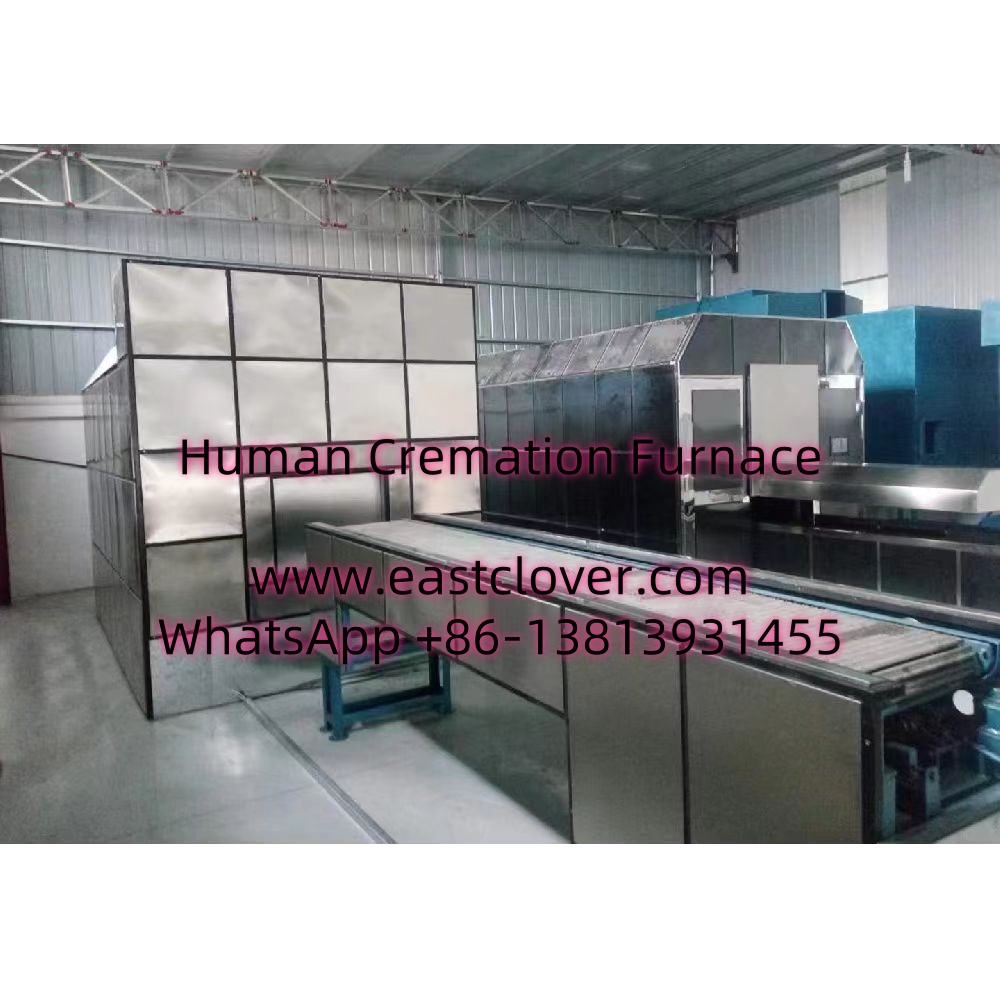Introduction
As urban populations grow and pet ownership surges, urban pet cemeteries face mounting pressure to manage limited space while providing compassionate end-of-life services. Compact cremation furnaces have emerged as a revolutionary solution, enabling these facilities to operate efficiently without compromising on dignity or environmental standards. This news explores how these innovations are reshaping pet aftercare in cities.
The Rise of Urban Pet Cemeteries
Modern pet owners increasingly view their companions as family, driving demand for memorialization options. Urban pet cemeteries, however, grapple with challenges like:
- Skyrocketing real estate costs
- Zoning restrictions
- Community resistance to land use for animal remains
Traditional burial methods consume significant space, making cremation a practical alternative. Compact furnaces amplify this advantage by minimizing the physical footprint of cremation infrastructure.
Design Innovations in Compact Cremation Furnaces
Modern compact furnaces integrate advanced engineering to maximize efficiency:
- Vertical Stacking: Multi-chamber designs allow sequential cremations in a single unit
- Automated loading/ash retrieval systems reduce labor needs
- Advanced filtration (e.g., catalytic converters, HEPA filters) mitigate emissions
- Energy recovery systems reuse heat for facility warming
These features enable installation in basements or small annexes, ideal for space-constrained cities like Tokyo or San Francisco.
Operational and Ethical Benefits
Beyond spatial efficiency, compact systems offer:
- 40-60% faster processing vs. traditional units
- 30% reduction in energy consumption
- Precise temperature control for consistent ash quality
- Individual chambers preserve ashes without cross-contamination
Case Study: A Brooklyn pet cemetery serving 500+ clients monthly reduced its cremation footprint by 75% through vertical furnace installation.
Sustainability Considerations
Modern systems address environmental concerns through:
- Electric and hybrid models reducing fossil fuel dependence
- Carbon offset programs integrated into service fees
- Ash recycling partnerships for memorial garden fertilizers
Lifecycle analyses show compact electric models generate 62% fewer emissions than gas-powered counterparts.
www.southclover.com
Compact cremation furnaces represent a critical evolution in urban pet aftercare, solving space constraints while enhancing operational efficiency and environmental performance. As cities continue to densify, these systems will enable pet cemeteries to meet growing demand sustainably, ensuring beloved companions receive dignified memorials without straining urban infrastructure.
Frequently Asked Questions
How long does a typical compact furnace cremation take?
Most compact models complete the process in 45-90 minutes, depending on pet size, compared to 2-3 hours for traditional units.
Can these furnaces accommodate large breed pets?
Modular designs allow chamber combinations – two 30lb chambers can merge for 60lb capacity. Specialized units handle pets up to 150lbs.
What safeguards prevent ash mixing?
Double-walled chambers with automated cleaning cycles between uses, plus RFID-tagged remains containers ensure integrity.
Are compact furnaces suitable for mobile services?
New trailer-mounted units with 20-sq-ft footprints now enable in-home cremation services in metro areas.
How do emissions compare to human crematories?
EPA-certified pet units emit 83% less particulate matter per kg processed due to stringent animal-specific regulations.

Comments are closed